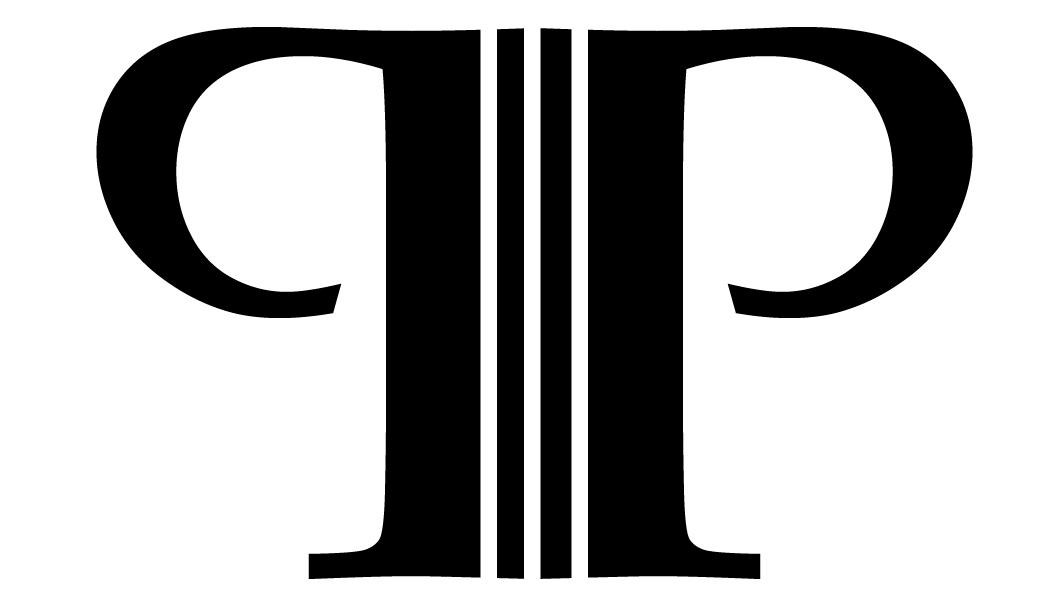There are only a few leaves left to rattle as the north wind blows down from the mountain. When I step outside at night for an evening walk, the new cold both makes my breath visible and then quickly steals it away.
I find myself standing in the road looking up. Without the canopy I am much more aware of the massiveness of the sky. Paul and I point fingers at the milky way and what we think are constellations. There is a soft dusting of snow on the ground that muffles our footsteps.
I'm acutely aware of the winter silence in the season of darkness: it is as if I am wearing a hat tugged down over my ears. I can still hear, but there is a new and unique stillness. There is something so peaceful in hearing the nothing.
The word “hearing” has taken its rightful place beside “metronome”, “drone,” and “connection” as some of my favorite musical terms. We have been talking lately about how to listen, not just to the notes you are playing, but to your instrument. While teaching over Skype, I have found that the high frequencies and almost-pure pitch make it easy for me to hear when a note has settled into tune on a student's cello. This is about hearing “the ring” so it is an ear-thing, but it is also visceral for me, so it is also about a gut-thing. When I ask if someone can feel in their stomach when a note has dropped into correct placement, it often elicits a quizzical look. But I am convinced that developing an intimate relationship with our instruments allows us to “hear” when that instrument speaks to us.
When you play a note, all the overtone series on the other three strings are “excited” to more or less a degree depending on what note you are playing. It assumes, of course, that your instrument is in tune. This, technically, is “the ring.”
For a while, students feel that they can create good intonation with their eyes. They watch themselves finger notes in a scale, for example, and use pure logic to put their finger in the right place. Some also choose to watch their tuners when playing, further training their eyes rather than their ears. While calling plaintively to logic and straining their eyes they forget the two appendages on the side of their head. I like to remind people that logic and musicality are a marriage made in heaven and to remember that “it is a scale.”
While all in-tune notes ring, to some degree, the amount of ring that a note produces is determined by the strength of the overtone series on the other three strings. The D on the A string for example, is a super ringy note. I like to use it to help people hear, especially when beginning to vibrate. The oscillation around the D gives off a rather gravelly, fuzzy sound (these are technical terms, use with care) which allows the true D to sit in the center of the vibration, when you hear the D come into its own- you are hearing the ring. I visualize that ring in Vermont terms; we learn that a white ring around the moon means snow. When listening to my cello I use my vibrato to help me put the note into the center of the wobble and locate pitch. Think of it as musical-sonar.
Interestingly, I not only hear when the note drops into the center of the ditch, but I feel it. When you are inside of the music, living the piece you are playing, really listening, a centered pitch feels good in your gut, while shaky intonation doesn't make you feel anything. To work on this we play any scale and play each note with vibrato, holding the note until the student “hears” the pitch against a drone. They can adjust the note in either direction but not move to the next note until they “like” the note they just played, both in their ear and in their gut. They are no longer learning just to play a scale, but more important, they are learning to hear.
One might think that experience in hearing could mean the secret to perfect intonation. Don't we wish. .
There is a very sage saying, “You will never be more satisfied with your intonation than you are right this very moment.”
I hear that.
Melissa Perley

